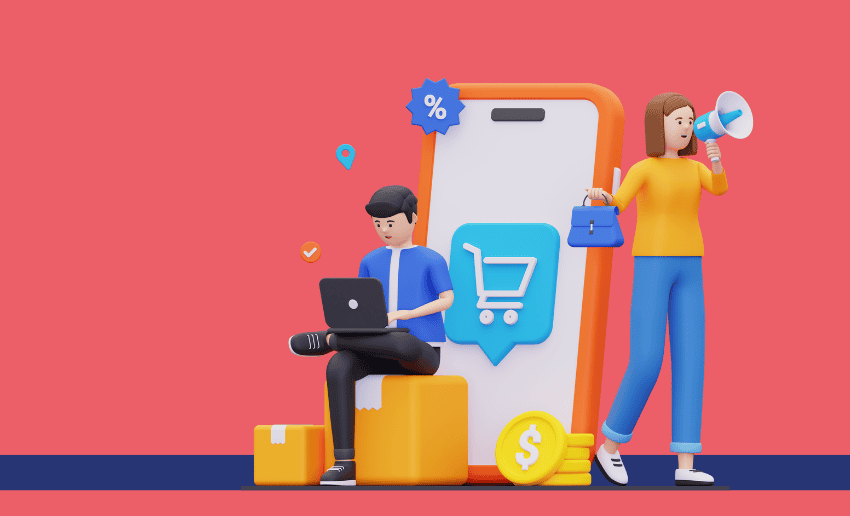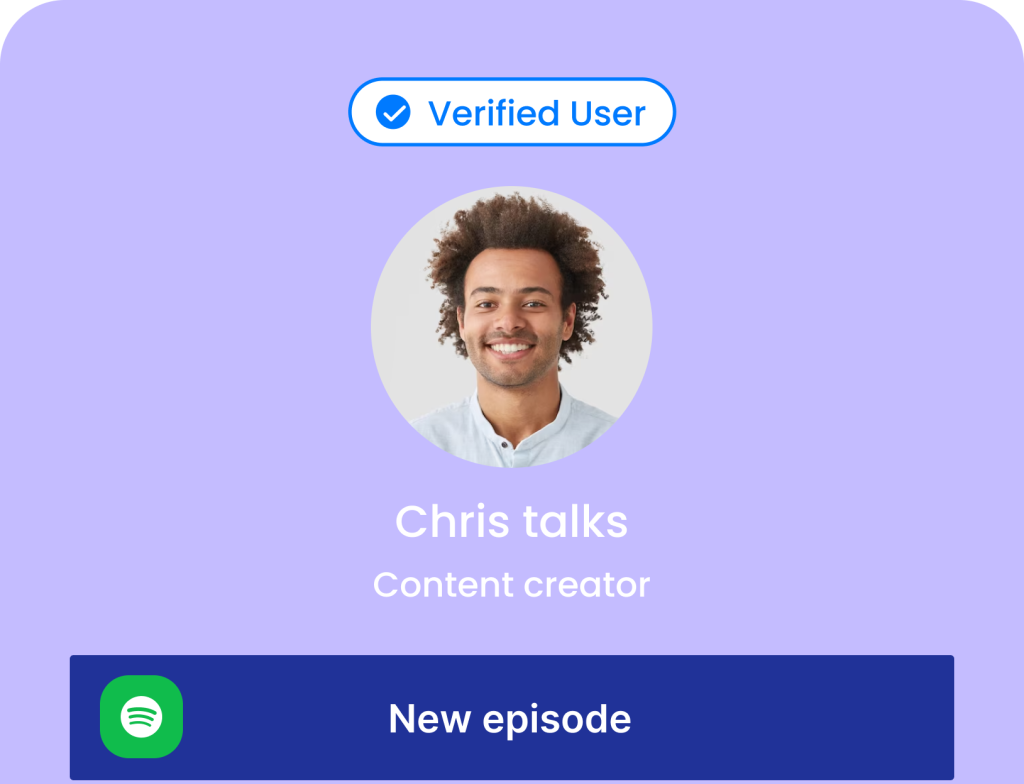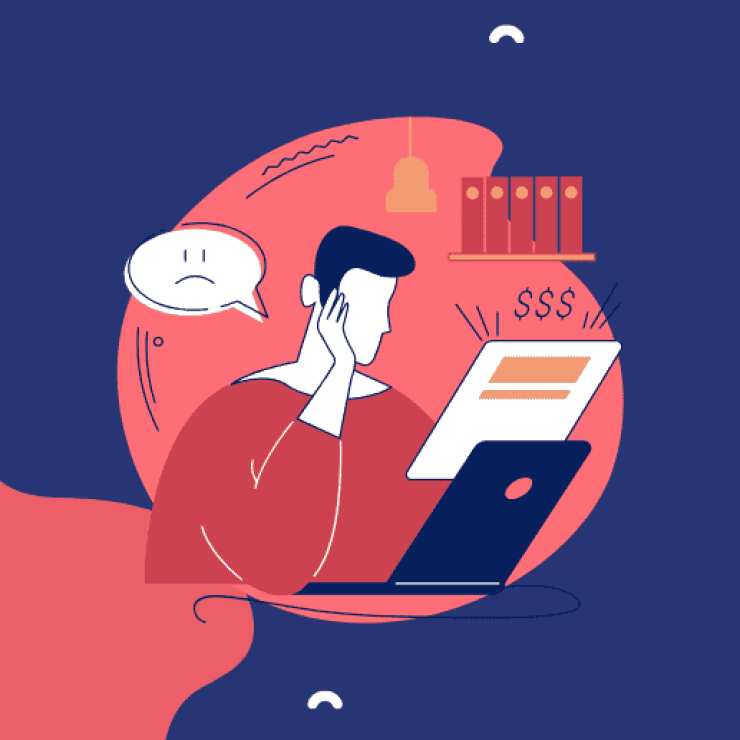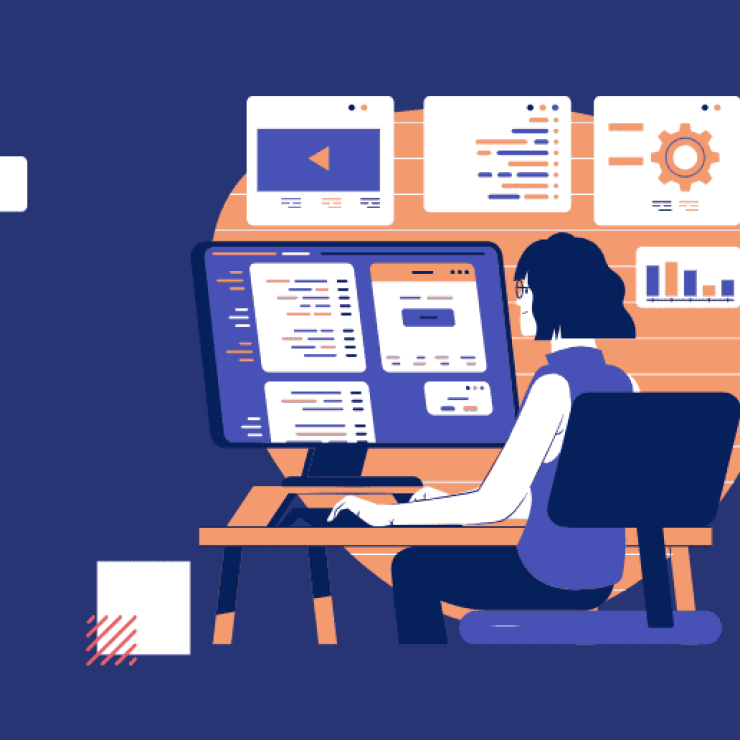Have you ever wondered why people trust content creators when making buying decisions? When it comes to getting customers today, buyer psychology plays a big role in how consumers choose products. Consumer behavior has shifted, people are more likely to buy online from someone they follow and relate to. This is because of key psychological triggers like trust, social proof, and emotional connection.
When a creator shares their personal experience with a product, it feels real and relatable, making people more likely to purchase. Unlike traditional advertising, content creators connect with their audience on a personal level. They build trust through authentic content, making their recommendations feel more like advice from a friend rather than a sales pitch.
In this article, we’ll explore the psychological reasons behind why people buy from content creators and how influencers can use these insights to increase sales. If you’re a creator looking to boost conversions, understanding buyer psychology can be a game-changer.
The psychology behind why people buy from creators
Human psychology plays a big role in how people decide to buy things. Their choices are shaped by their motivations, emotions, perceptions, and mental shortcuts. When creators understand these factors, they can create better marketing strategies that connect with customers.
So, why do people buy online? Here are your anaswers:
1. The power of trust and authenticity
Trust is the foundation of buyer psychology. People buy from content creators because they feel a genuine connection with them. This is because creators share personal experiences, making their recommendations feel honest and relatable. When someone trusts a creator, they are more likely to follow their advice and make a purchase.
However, to build the needed trust to convince the audience, creators rely on authenticity. When creators openly share their successes, failures, and real-life experiences, they build stronger bonds with their audience. This sense of transparency makes consumers feel like they know the creator personally, leading to increased trust and loyalty.
To leverage authenticity, creators should focus on being consistent, honest, and transparent. Avoid overly scripted promotions or exaggerated claims. Instead, showcase real use cases, provide honest reviews, and engage with the audience through Q&As or live sessions. When trust is established, consumer behavior shifts toward purchasing with confidence, leading to higher sales conversions.
2. Social proof and the bandwagon effect
Humans are wired to follow the crowd, a psychological concept known as the bandwagon effect. When people see others buying a product, they feel more confident in their decision to buy it too. This is why social proof testimonials, reviews, and engagement, is a powerful factor in why people buy online.
For creators, social proof can come in many forms, including customer testimonials, product reviews, engagement on posts, and collaborations with other influencers. The more positive feedback a product has, the easier it is for potential buyers to trust it.
To use social proof effectively, creators should highlight user-generated content, share success stories, and showcase real feedback from their audience. Featuring product unboxings, before-and-after transformations, or side-by-side comparisons can boost credibility. Encouraging followers to share their experiences using a branded hashtag or tagging the creator in their posts can also create a viral effect, increasing reach and sales.
3. The scarcity and urgency principle
Scarcity triggers fear of missing out (FOMO), making people act quickly before an opportunity disappears. When a product is labeled as “limited edition” or “only a few left in stock,” it feels more valuable. This sense of urgency pushes consumers to buy now instead of waiting.
Creators can use scarcity and urgency to drive sales by offering exclusive deals, limited-time discounts, or early-bird pricing. Countdown timers, pre-order offers, and VIP access can also create excitement around a product launch. For example, if a creator is selling a digital course, they can offer a special bonus for the first 100 buyers or a discount that expires in 48 hours.
However, it’s important to use urgency authentically. Fake scarcity, like claiming “only 10 left” when stock is unlimited, can damage trust. Instead, genuinely limited offers and exclusive products can increase demand while maintaining credibility. Creators can strategically incorporate scarcity to influence consumer behavior and boost conversions.
4. Emotional connection and storytelling
People buy based on emotions and justify their decisions with logic later. This is why storytelling is a powerful sales tool; it connects products with feelings like happiness, security, or inspiration. When creators share personal experiences, they make products more relatable, triggering emotions that drive buying decisions.
To leverage storytelling, creators should use real-life examples, or personal anecdotes when promoting a product. Showing the journey, transformation, or emotions behind using a product helps build deeper connections with the audience. Live storytelling through Instagram stories, YouTube vlogs, or TikTok videos can make content feel even more engaging. When consumers feel emotionally invested, they are more likely to trust the recommendation and make a purchase.
5. The reciprocity principle
The reciprocity principle in psychology states that when someone gives us something valuable, we feel obligated to give back. For content creators, this means offering free value first, whether through tips, tutorials, or freebies before asking for a sale.
Creators who regularly provide useful content build strong goodwill with their audience. When followers consistently receive valuable insights, they are more likely to support the creator by purchasing products or services. This is why many influencers offer free guides, exclusive insights, or helpful content before promoting paid offerings.
To apply this principle, creators can give away free resources such as e-books, templates, or mini-courses. Hosting free webinars, Q&A sessions, or behind-the-scenes content can also strengthen audience loyalty. When it’s time to launch a product, followers who have benefited from free value are more likely to convert into paying customers.
6. Authority and expertise
People trust experts. In psychology, this is known as the authority principle; when someone is seen as knowledgeable in their field, their recommendations carry more weight. This is why consumers prefer buying from creators who position themselves as industry leaders.
Creators can establish authority by consistently sharing insights, conducting research, and collaborating with trusted brands or experts. Publishing in-depth content, hosting expert interviews, or showcasing credentials can boost credibility.
To strengthen authority, creators should focus on quality over quantity. Offering detailed product comparisons, data-driven insights, and case studies can showcase expertise. Collaborating with industry leaders or getting featured in reputable publications can also enhance credibility. When consumers see you as a trusted expert, they are more likely to buy from you.
7 Psychological mental models to drive more sales
Understanding how people think and make decisions can help content creators sell more effectively. This is where leveraging psychological mental models can help content creators influence consumer behavior and increase conversions.
While there are several mental models to pick from, these seven models explain why people buy online and how you can use them in your sales strategy.
1. Familiarity principle
People tend to prefer things they recognize. The more they see something, the more they trust it. This is why repeated exposure makes a brand feel familiar and reliable.
How to use it
- Use familiar language: Speak in a way your audience understands. Avoid complex jargon unless your niche demands it.
- Relate new products to known concepts: Compare a new offering to something they already use. For example, “This tool works like Google Docs but for video editing.”
- Show up consistently: Post content regularly on multiple platforms so your audience becomes accustomed to seeing your brand.
- Use retargeting ads: When people see your product multiple times, they become more likely to buy.
2. Price anchoring
The first price someone sees influences how they evaluate all future prices. A high initial price makes later prices seem like a bargain.
How to use it
- Display original and discounted prices: A product that was originally $100 but is now $75 seems like a great deal.
- Offer tiered pricing: A “Basic” plan at $10, a “Pro” plan at $25, and an “Enterprise” plan at $50 make the $25 option look like the best value.
- Compare your pricing to competitors: Showing that your product is more affordable than alternatives makes it more attractive to buyers.
3. Confirmation bias
People prefer information that supports what they already believe and ignore contradictory facts. This is why it’s easier to sell to an audience that aligns with your message.
How to use it
- Understand your audience’s beliefs: Conduct surveys, read comments, and engage in discussions to know what they already think.
- Create content that reinforces those beliefs: If your audience values sustainability, highlight how your product is eco-friendly.
- Use testimonials from like-minded customers: Seeing others with similar beliefs endorse your product makes new customers more likely to trust it.
4. The decoy effect
When given two choices, people often pick the cheaper one. However, adding a third, slightly worse option can make them choose the middle or higher-priced option.
How to use it
- Introduce a third option to steer choices: If you sell a $10 and a $30 plan, add a $28 plan with fewer features. The $30 plan will now seem like a better deal.
- Highlight the best value: Clearly show why the middle or premium option provides the most benefits per dollar spent.
- Structure pricing visually: Use bold text, color highlights, or “Most Popular” tags to draw attention to your preferred choice.
5. The Baader-Meinhof phenomenon (Frequency illusion)
Once someone notices something, they start seeing it everywhere. This makes a product seem more popular than it actually is.
How to use it
- Run retargeting campaigns: Show your product to visitors multiple times through ads or email reminders.
- Stay consistent across platforms: Use the same visuals, colors, and messaging on Instagram, YouTube, Twitter, and other channels.
- Encourage sharing: Ask customers to post about their purchases. More visibility makes your product feel like a trend.
6. Cognitive dissonance
People feel uncomfortable when their actions contradict their values. If they buy something, they want to justify that it was a good decision.
How to use it
- Align with your audience’s values: If your customers prioritize ethical consumption, highlight fair trade or sustainability aspects of your product.
- Offer reassurance after purchase: Send confirmation emails, tutorials, or thank-you notes to reinforce their decision.
- Address objections upfront: Tackle common concerns in your content before they become a barrier to purchase.
7. Circle of competence
People trust experts in specific areas. Trying to be knowledgeable about everything makes you seem less credible.
How to use it
- Specialize in a niche: Become known for one thing rather than trying to cover too many topics.
- Showcase your expertise: Share case studies, success stories, or data that prove your knowledge.
- Avoid discussing unrelated topics: Sticking to your area of expertise makes you more trustworthy.
In the end
For content creators, understanding buyer psychology and consumer behavior can be an added advantage as it allows you to optimize your marketing strategies. This means leveraging principles like familiarity, price anchoring, social proof, and cognitive biases can make your product promotions more persuasive and effective.
Understanding the psychology behind why people buy from content creators can help build stronger relationships with their audience and drive more sales. Key psychological triggers such as trust and authenticity, social proof, scarcity, emotional connection, reciprocity, authority, and personalization all play a vital role in influencing consumer behavior.
Applying these techniques means creators can build lasting relationships and increase conversions. Start incorporating these psychological triggers into your content strategy today and watch your influence grow.








